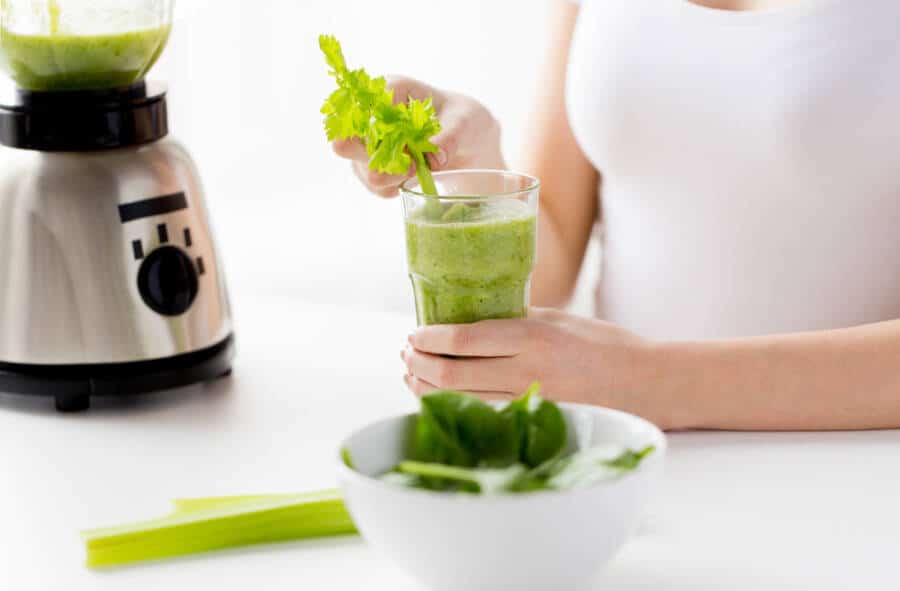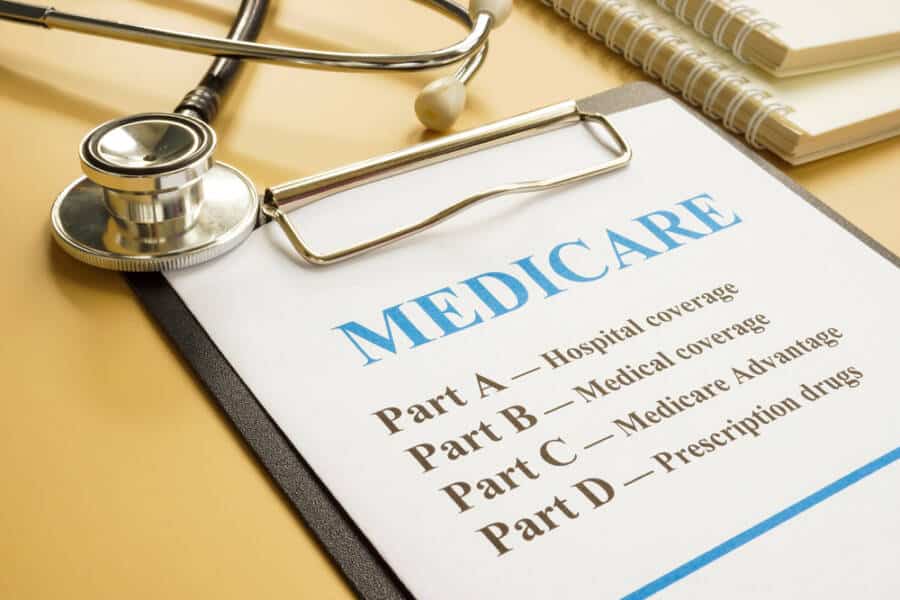Do you want to monitor your high blood pressure? Here’s how!
Hypertension is one of the most common risk factors for any heart disease. There are currently more than 1 billion people all over the world that suffer from high blood pressure, and it is represented by systolic blood pressure (SBP) values of 130 mm Hg or more or diastolic blood pressure of more than 80 mm Hg.
Some of the most important medications are angiotensin-converting enzyme (ACE) inhibitors, which are used to reduce blood pressure levels. Even so, you can also control high blood pressure by changing your lifestyle, including your diet.
If you consider changing your diet, then you will probably need a list of foods to eat. I wonder where you can get one of those…oh wait! You already are in the right place.
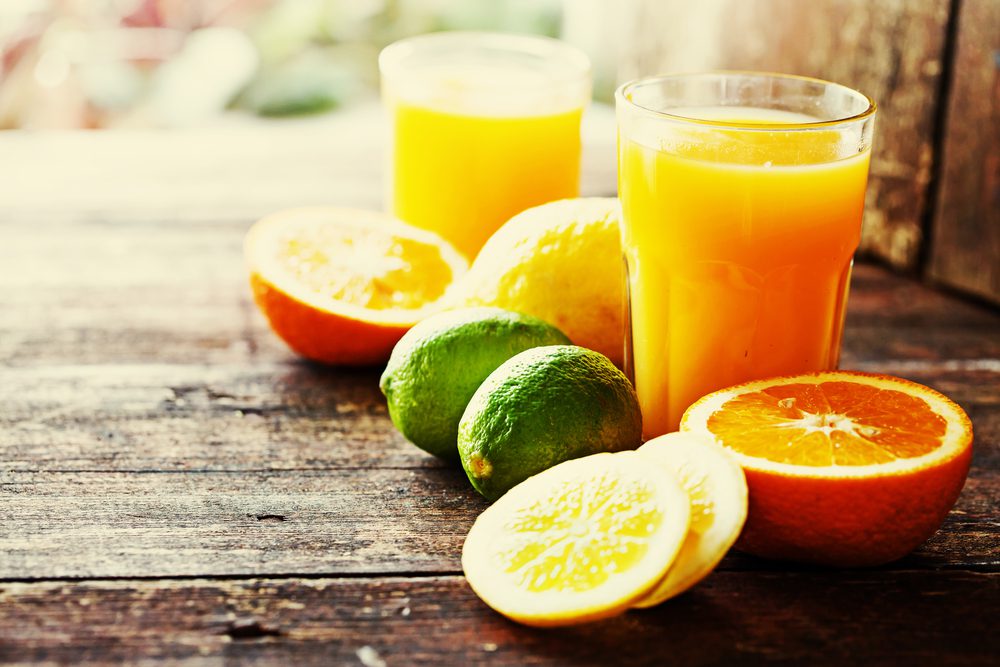
Citrus fruits
Citrus fruits, such as grapefruit, oranges, and obviously, lemons, have strong blood-pressure-lowering effects. They are rich in vitamins, minerals, and plant compounds that might help keep your heart as healthy as possible, by reducing heart disease risk factors such as high blood pressure.
In fact, there has been a 5-month study that involved 101 Japanese women, who proved that daily lemon juice intake alongside walking, had reduced the SBP.
The effect was entirely attributed to the citric acid and flavonoid content in lemons. There are also studies that show how drinking orange and grapefruit juice might reduce blood pressure.
Salmon and other fatty fish
Fatty fish are a great source of omega-3 fats, which are absolutely amazing for your heart health. These fats might help you with your blood pressure levels, as they reduce inflammation and decrease the levels of blood-vessel-constricting compounds known as oxylipins.
Research proves that a diet rich in omega-3 fatty fish is good at lowering blood pressure levels. In fact, there’s a study conducted on 2,036 healthy people concluded that those participants who had the highest blood levels of omega-3 fats had lower SBP and DBP than those who had the lowest blood levels of these fats.
Swiss chard
Swiss chard is basically a leafy green that’s super-rich in blood-pressure-regulating nutrients, such as potassium and magnesium. Only one cup, which is 145 grams, of cooked chard gives 17% and 30% of the daily needed doses of potassium and magnesium.
For the people who suffer from high blood pressure, every 0.6-gram per day increase in dietary potassium is directly linked to a 1.0 mm Hg reduction in SBP, and a 0.52 mm Hg reduction in DBP.
Only one cup of Swiss chard has 792 mg of the much-needed nutrient. Magnesium is also essential when it comes to blood pressure regulation.
Pumpkin seeds
Pumpkin seeds might be tiny, but they have a lot to offer when it comes to nutrition. They have a very concentrated source of nutrients that are essential for blood pressure control, such as magnesium, potassium, and arginine, which is an amino acid that you need for the proper production of nitric oxide, used for blood vessel relaxation and blood pressure reduction.
The pumpkin seed oil has been shown to be an extremely powerful and natural remedy if you suffer from higher blood pressure. In fact, a study conducted on 23 women proves that supplementing with 3 grams of pumpkin seed oil per day for 6 weeks might significantly reduce the SBP in the blood, compared to the results of a placebo group.
Beans and lentils
Beans and lentils are extremely rich in nutrients that can regulate your blood pressure levels, like fiber, magnesium, and potassium. Various studies show that eating beans and lentils might be helpful in case you suffer from high blood pressure levels.
There’s a review made out of 8 studies taken on 554 people, where it shows how beans and lentils lowered SBP and average blood pressure levels in those people who had hypertension.
So, if you want to add something new to your diet, then it’s safe to say that you’re going to notice results faster if you try eating more beans and lentils.
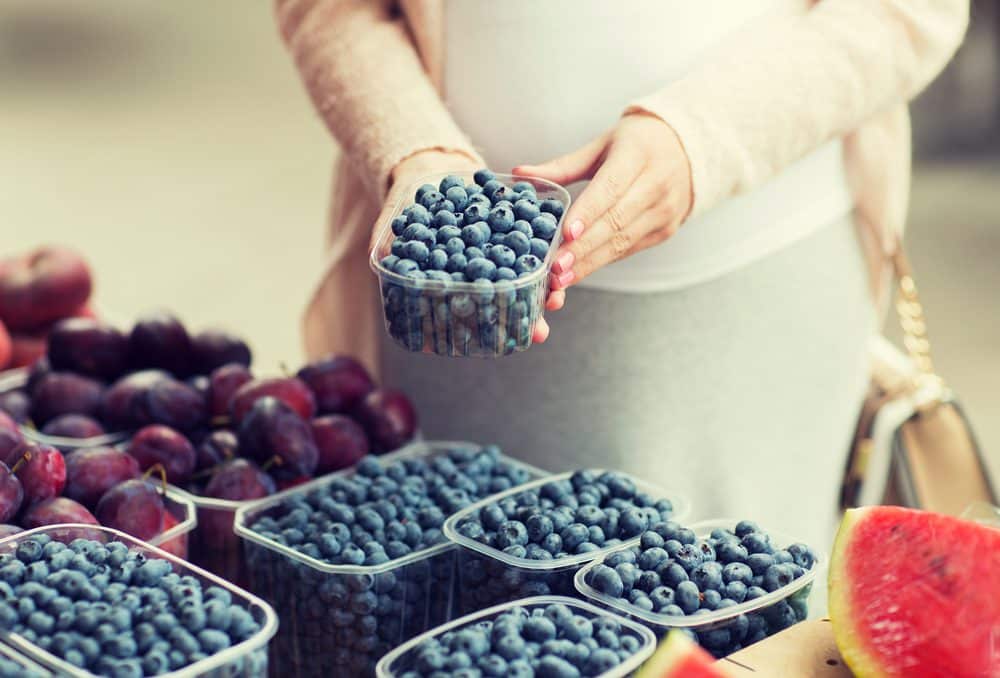
Berries
Berries have strongly been associated with a wide range of impressive health benefits, including their potential to reduce heart disease risk factors such as high blood pressure. Berries are incredibly good for their antioxidants, which contain anthocyanins, pigments that give berries their vibrant color.
Anthocyanins have been proven to increase nitric oxide levels in the blood and reduce the production of those blood-vessel-restricting molecules, which might help reduce blood pressure levels. Even so, more research on humans needs to be done in order to confirm these potential mechanisms.
Amaranth
You can try eating whole grains such as amaranth, as it will help you lower your blood pressure levels. There are studies that show how diets rich in whole grains might decrease your risk of suffering from high blood pressure.
There’s also a review made out of 28 studies that found how a 30-gram per day increase in the intake of whole grains might be associated with an 8% reduced risk of high blood pressure. Out of many whole grains, amaranth is the one that’s particularly high in magnesium. Only one cooked cup of 246 grams will provide you with 38% of your daily magnesium needs.
Pistachios
Pistachios are extremely nutritious, and their consumption has been directly linked to healthy blood pressure levels. They are very high in various nutrients that are essential for heart health and blood pressure regulation, such as potassium.
There’s a review that shows how out of all the nuts, pistachio has the strongest effect on reducing both SBP and DBP. Speaking of pistachios, I can’t move forward until I share with you my favorite ones. Trust me, once you taste them, you’ll never let them go!
Carrots
Carrots are crunchy, sweet, tasty, and very nutritious, so it’s no wonder they are a big part of our diets. Carrots are incredibly rich in phenolic compounds, like chlorogenic, p-coumaric, and caffeic acids, that are relaxing your blood vessels and reducing inflammation in your body, which might be good if you have issues with higher blood pressure.
Even if you can eat carrots either cooked or raw, eating them raw might bring you more benefits, especially if you want to reduce your high blood pressure.
After a small study conducted on 17 people, it has been demonstrated that a daily intake of 16 ounces of fresh carrot juice for 3 months straight helped reduce SBP levels, but not DBP.
Celery
Celery is an extremely popular vegetable that might have very positive effects on your high blood pressure. It has compounds called phthalides, which are known to help relax your blood vessels and lower blood pressure levels.
There’s a study that proves cooked celery intake is extremely beneficial when it comes to reducing blood pressure.
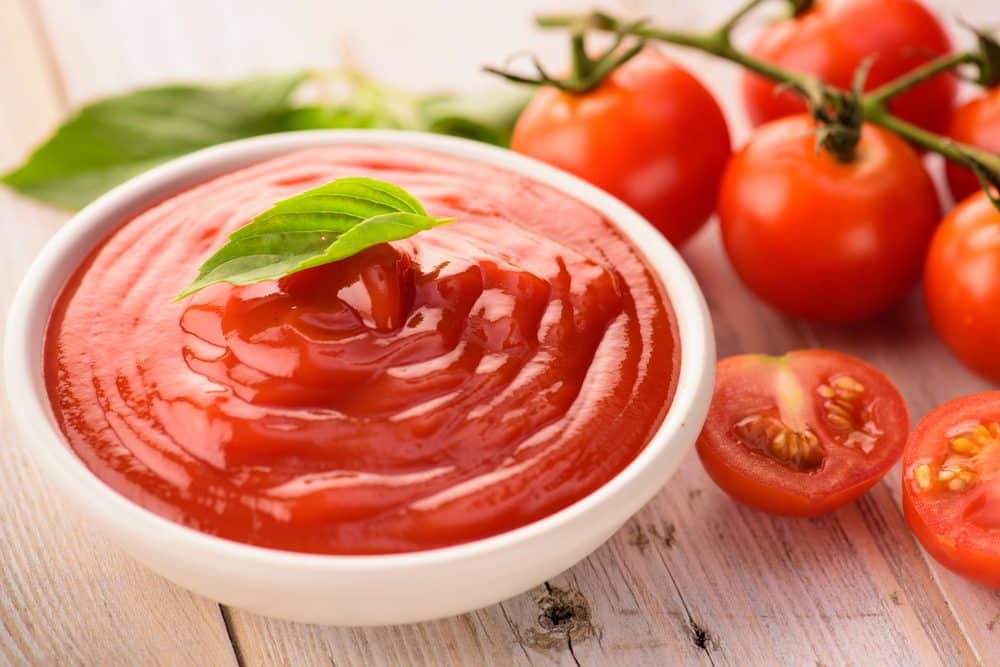
Tomatoes and tomato products
Tomatoes and tomato products are very rich in nutrients, such as potassium and the carotenoid pigment known as lycopene. Lycopene has been strongly associated with positive effects on heart health, and eating foods that are high in this nutrient, like tomato products, might help reduce heart disease risk factors such as high blood pressure.
There’s a review made out of 21 studies that show how consuming tomato and tomato products will improve your blood pressure and reduce the risk of heart disease and heart-disease-related death.
If you enjoyed reading this article about high blood pressure, we also recommend reading: Home Remedies for Insomnia: 9 Options That Actually Work



